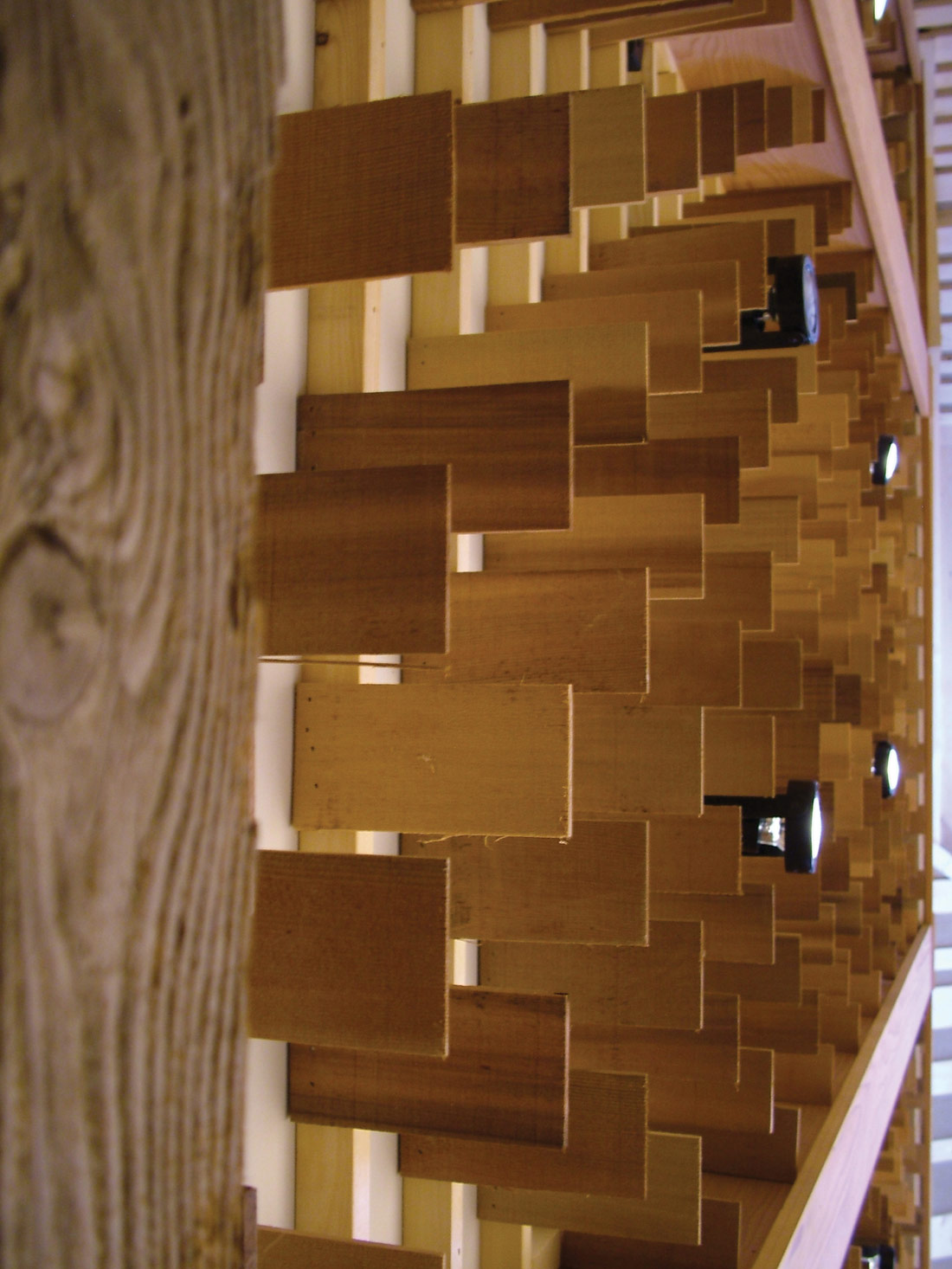The list of invaluable UAD-2 plug-ins just keeps growing. Earlier this year, Universal Audio added the venerable API 550A and 560 EQs to the pile of must-have emulations, and I've had the pleasure of incorporating them into my mix workflow ever since. I've used quite a few original 550As and 560s over the years, and I own a pair of 550A reissues. While they are not ideal for every application, I'm very glad to now have a plug-in version as solid as Universal Audio ensures every one of its products to be.
I'll start with the 560, because this is a lesser-known tool, being one of the very few graphic EQs trustworthy enough for recording and mixing applications. There are ten bands, each controllable by a horizontal slider offering 12 dB of cut/boost. Since the sliders on the hardware unit have to fit in the 1.5'' width of a 500-series faceplate, the resolution isn't very fine - and to boot, there is only one indicator line between 0 and each of the extremes. In that regard, the hardware 560 is kinda opposite from the 550A in terms of ease of recall. The 550A's stepped switches and small amount of parameters to adjust make it an intern's dream when it comes time to recall a session's settings.
However, I've heard a lot of grumbles from other engineers about the 550A in my time: it doesn't have enough (or the right) frequency points; the 2 dB steps are too coarse; the only filter on it is actually a band-pass filter (50 Hz-15 kHz), and not just a high-pass filter; etc. Not to mention the fact that you're looking at about a grand a channel (vintage or reissue), for three measly bands! All of those gripes are semi-valid, but there are reasons that this EQ is so widely used by engineers with the resources to own a pair or more; it is extremely simple to use, has tank-solid construction, and just sounds damn good. You get a euphonic "lift" just by running a signal through an old 550A, even with all of the bands flattened out, due to the 2520 op- amps and custom output transformers.
This euphonic lift is part of what the UAD version has faithfully captured in order to replicate the vibe of the real thing. I printed a few stems through the UAD API EQs, and brought them over to Pat Dillett's studio in Manhattan (thanks, Pat!), in order to run some comparison tests against his various vintage 550As and 560s. We both (unscientifically) felt like there was a very slight edge to the hardware at any given setting (a little more sparkle up top, and a little more beef in the low end), but were both very impressed at how close - and more importantly, how good - the plug-ins sounded. There's definitely an intangible richness and thickening that happens to your sound when using these plug-ins that was passed down from the originals. Plus, dialing in the right sound is extremely easy; you can add upper midrange and high end without introducing harshness, and you can dial in thunder and body while keeping boominess in check. Especially with the 560 - my new go-to for electric guitars. Adding presence while cutting brittleness is no problem with the various midrange frequencies available, and a little goes a long way. Sometimes, 1 dB cuts and boosts were all I needed to make the tracks really slip into place. The 560 works well enough to make an engineer wonder why graphic EQs aren't used more often in record production instead of being relegated primarily to live-sound use.
Depending on the key of the song, sometimes it does feel like the 550A's frequencies aren't in the right spots, and since there is no Q control, it can feel a little heavy-handed when you just need a little help. (It is important to note that the more you cut or boost, the narrower the Q gets, due to a "proportional Q" design handed down from the original API 550 EQ.) In those cases, a fully-parametric EQ might be more desirable. But when the 550A is right, man is it right! It can make a vocal really pop, a bass performance come alive, or a drum bus gain the extra energy it needs to be present without being loud.
In modeling the functionality of the 550A and 560, Universal Audio's only concession to a modern workflow is an output level control; for better or worse, everything else works exactly as it does on the hardware units (although the scroll- wheel fine-tuning of the UAD's 560 sliders is unparalleled in the real world, as is the numeric display on an Artist Mix control surface). Oh yeah, plus you get nearly unlimited instances with total recall and automation capabilities for $150 per EQ type. It's bordering on old hat these days to commend Universal Audio for nailing a piece of classic hardware, but alas, they have done it yet again. ($299 direct; requires UAD-2 or Apollo hardware; www.uaudio.com)




_disp_horizontal_bw.jpg)